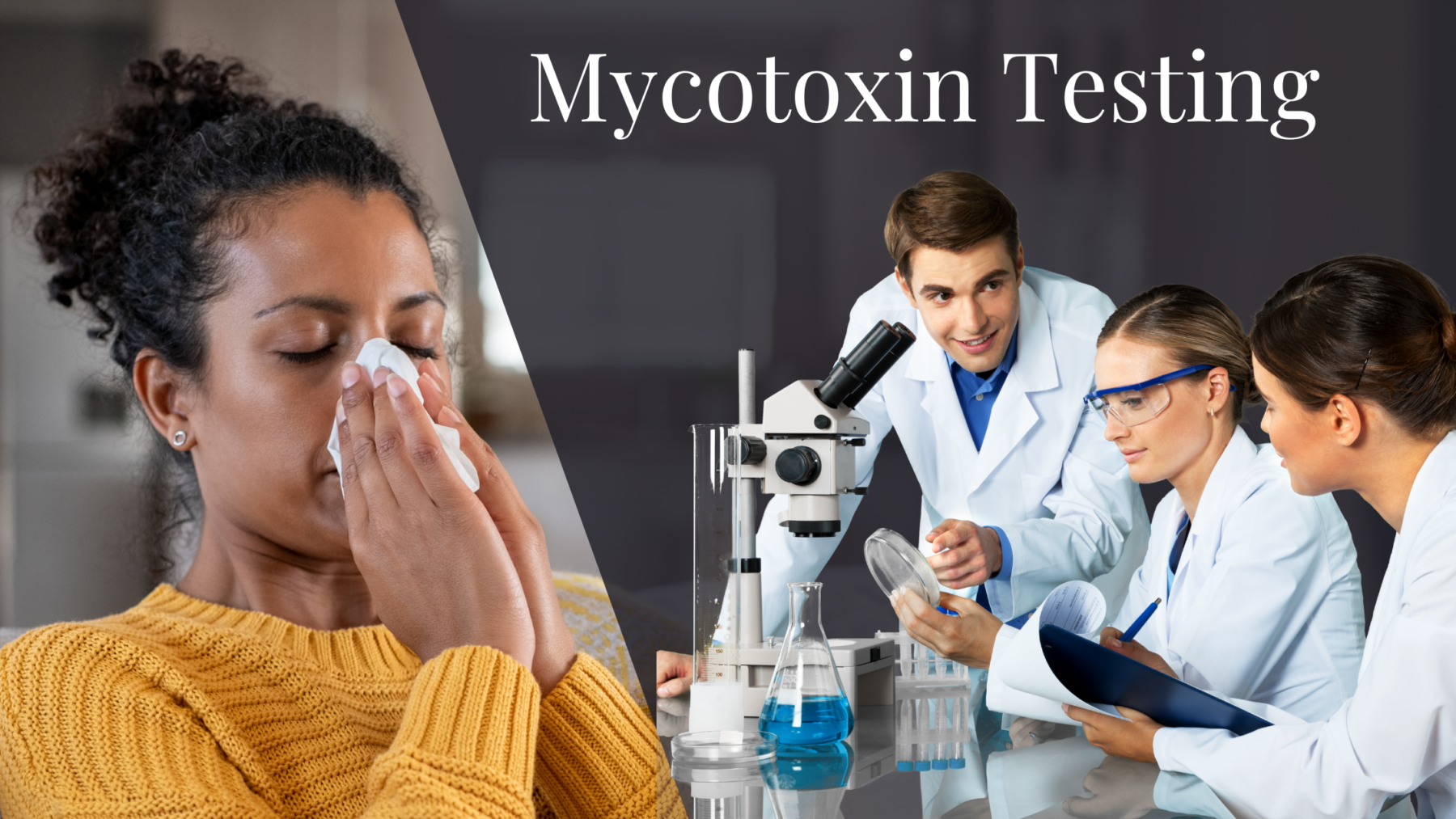Just How Mycotoxin Testing Aids Avoid Contamination and Guard Food Supplies

Mycotoxin testing is a vital method in the food sector, serving as a frontline protection against contamination by dangerous toxic substances produced by molds. Via the application of sophisticated methods like High-Performance Fluid Chromatography (HPLC) and Liquid Chromatography-Mass Spectrometry (LC-MS), food producers can properly discover and evaluate mycotoxin degrees in farming products.
Comprehending Mycotoxins
Understanding mycotoxins begins with acknowledging that they are hazardous second metabolites generated by particular mold and mildews, which can infect agricultural products. These metabolites are not necessary for the development or reproduction of the fungi however can have severe implications for human and animal health. Mycotoxins are typically found in staple crops such as corn, wheat, barley, and nuts, where they can proliferate under certain problems of dampness and temperature level.
There are several types of mycotoxins, each generated by various fungal varieties. Aflatoxins, created by Aspergillus types, are among the most notorious, recognized for their cancer causing homes. One more considerable group includes ochratoxins, generated by Aspergillus and Penicillium varieties, which have nephrotoxic results. Fusarium types produce trichothecenes and fumonisins, both of which are connected with numerous intense and chronic wellness issues.

Threats of Mycotoxin Contamination
The dangers of mycotoxin contamination are multifaceted, posturing considerable threats to both food safety and security and public health and wellness. Mycotoxins, toxic substances created by certain kinds of fungi, can pollute a broad array of agricultural items including grains, nuts, spices, dried fruits, and coffee.
Financial effects are another major problem. Polluted plants can result in significant monetary losses for farmers and food manufacturers due to minimized yields and the requirement for pricey decontamination procedures. Worldwide profession can be significantly impeded as nations enforce stringent mycotoxin laws to safeguard their populaces, leading to declined deliveries and strained trade relationships.
Environmental variables such as climate change worsen the risk of mycotoxin contamination. Variations in temperature level and humidity can produce favorable conditions for fungal development, raising the likelihood of contamination occasions. Hence, understanding and mitigating these threats are essential for making sure the safety and security and honesty of global food materials.
Techniques of Mycotoxin Examining
Precisely recognizing mycotoxin contamination in farming items is crucial for guarding public wellness and keeping food security standards. Various approaches are utilized to find and measure mycotoxins, each offering particular advantages and limitations.
High-Performance Fluid Chromatography (HPLC) is an extensively utilized technique due to its high level of sensitivity and accuracy. It includes separating mycotoxins from various other materials in a sample, enabling accurate metrology. Fluid Chromatography-Mass Spectrometry (LC-MS) combines fluid chromatography with mass spectrometry to supply comprehensive molecular details, making it especially useful for recognizing several mycotoxins simultaneously.

Gas Chromatography-Mass Spectrometry (GC-MS) and Thin-Layer Chromatography (TLC) are moved here also employed, each with unique applications. GC-MS works for volatile mycotoxins, while TLC offers a simpler, cost-effective alternative for preliminary screening.
Benefits of Regular Testing
Regular testing for mycotoxins in farming items supplies countless advantages, substantially adding to public wellness and food safety and security. By determining contamination early, routine testing aids stop the distribution of toxic foods, thereby official site lowering the threat of mycotoxin-related ailments among consumers. This aggressive strategy not only safeguards human health yet likewise enhances the total high quality of food supplies.
Different countries and areas have established rigorous limitations for mycotoxin degrees in food and feed. Adhering to these limitations via routine screening guarantees that manufacturers and suppliers meet lawful standards, thus staying clear of penalties and trade barriers.
In addition, normal mycotoxin testing can cause substantial financial advantages. Early detection of contamination enables for prompt treatment, minimizing possible losses from widespread contamination. Executing routine testing procedures can likewise reduce recall costs and related liabilities, which can be economically ravaging.
Moreover, normal screening gives valuable data that can inform better farming techniques and storage space problems. By recognizing patterns of contamination, manufacturers can embrace precautionary procedures, consequently minimizing future dangers and contributing to the sustainability of the food supply chain.
Applying Examining Methods
Implementing reliable mycotoxin testing methods is critical for making sure the security and quality of farming products. Each stage should be scrutinized to determine where mycotoxin contamination is most likely to occur.
As soon as important control points are recognized, choosing appropriate screening methods is crucial. Typical techniques consist of enzyme-linked immunosorbent assay (ELISA), high-performance liquid chromatography (HPLC), and mass spectrometry (MS) Each approach has its weak points and strengths; therefore, choosing the proper one depends on the details Check Out Your URL mycotoxin being evaluated, the called for sensitivity, and readily available resources.

Lastly, incorporating the screening procedures into an extensive food safety management system is suggested. This improves traceability and allows swift corrective activities when contamination is detected, therefore protecting the integrity of the food supply chain.
Conclusion
Mycotoxin testing is necessary in avoiding contamination and safeguarding food materials by making it possible for very early detection of dangerous contaminants produced by molds in farming items. Regular testing improves brand name online reputation, economic security, and trust fund in food safety and security by minimizing contamination-related losses and maintaining high requirements in food production.
Mycotoxin screening is an important practice in the food market, offering as a frontline defense against contamination by hazardous contaminants created by mold and mildews. An incorporated strategy involving farming methods, storage management, and normal testing can minimize the dangers associated with mycotoxin contamination, guaranteeing food safety and public health.
The dangers of mycotoxin contamination are diverse, posing significant threats to both food security and public health.Normal testing for mycotoxins in farming products offers many advantages, dramatically adding to public health and food safety and security.Mycotoxin testing is essential in protecting against contamination and protecting food supplies by allowing very early detection of harmful contaminants produced by mold and mildews in farming products.